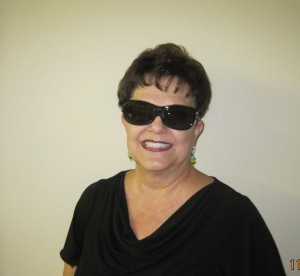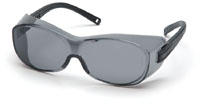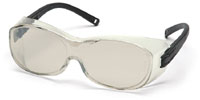Sent to us by Ryan Edun
People often worry about the dangers of having a natural gas furnace. While natural gas is affordable and burns clean, it can still produce deadly carbon monoxide if there is something wrong with the system. Carbon monoxide detectors will protect you from the danger, but it’s still wise to know what the warning signs are of a gas leak
Watch for the Odor
Natural gas has a unique odor. Often described as being comparable to rotten eggs, you can easily smell a gas leak. If you ever walk into your home and smell gas, you should call the gas company immediately for service. If you are unable to reach the gas company, then call the fire department because they can also help.
The Gentle Breeze
Gas leaking out of a line will have some pressure behind it. Look around the exterior of your home around the gas lines. Plants that are gently blowing like they are in a breeze could be directly under a leak.
Bubbling Puddles
If the ground is wet around buried gas lines, then the escaping gas can cause the moisture to bubble. Have your lines marked so you know the general direction lines move in underground. If you ever see puddles or ground moisture bubbling around the area of your buried gas lines, then you should call the gas company immediately.
Fading Plants
Gas will eventually dry out and kill off plants that are near an outdoor leak. Look for landscaping that suddenly struggles and dies with no visible cause. The culprit could be a gas leak steadily poisoning the plant.
Physical symptoms
It’s also important to know what physical symptoms you might suffer from if exposed to a gas leak. Understanding the warning signs of carbon monoxide poisoning will help keep you and your family safe. Watch for these warning signs, and call for service immediately if you start seeing them.
Exhaustion and fatigue are a warning sign of serious poisoning. If you and the rest of your household find yourselves too tired to keep your eyes open in the middle of the day, you should get out of the house immediately and take in some fresh air.
Other serious warning problems include involuntary muscle twitching, difficult writing and assembling thoughts, spots in your vision and trouble hearing. There may be a high pitched noise sounding in your ears and a sensitivity to light. Chronic headaches are another warning sign you should heed.
While some gas leaks are serious and will cause a sudden onset of symptoms, other leaks are very minor. Low enough that you cannot detect them by simple odor, the symptoms can also set in slowly. If you notice new allergies, food sensitivities or just chronic unexplained headaches, then the problem could be lurking in the furnace. A cracked heat exchanger, defective parts or leaky connections could allow small levels of carbon monoxide to seep into the home. Over the long term, these small amounts are just as dangerous as the higher fatal levels.
You can avoid the drama of a gas leak by investing in regular maintenance. When your system is well cared for, you won’t have to worry as much about it leaking. With regular tune-ups, defective parts can be replaced before your system poses a threat to your family. You won’t have to worry about breakdowns, and you will hopefully avoid the danger of gas leaks and carbon monoxide poisoning.


